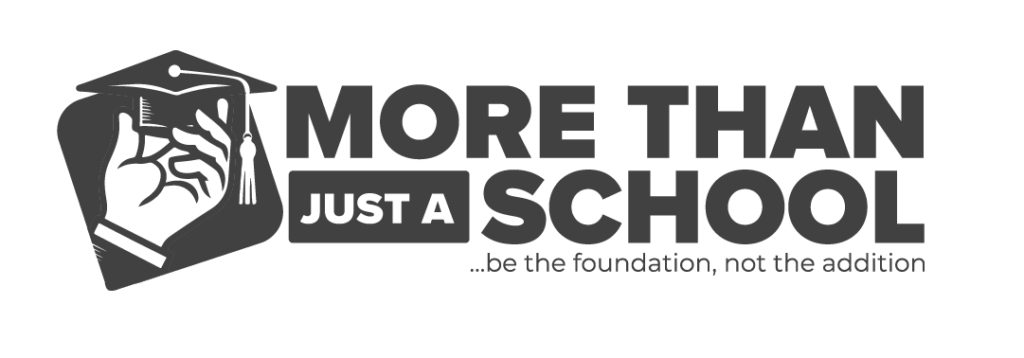In recent years, Ontario has taken big steps to make its education system more equal for all students. One of the biggest changes is the introduction of destreaming in Grade 9. But what is destreaming, and is it really fixing the deeper issues in our schools? Many wonder if this new reform is just a band-aid for bigger problems like inequality and bias, especially for Black students and those from diverse backgrounds.
At More Than Just a School, we believe every student deserves an equal chance to succeed, no matter their background. But we also know that removing academic streams alone won’t solve all the issues. In this article, we’ll break down what destreaming means, why it’s important, and whether it’s making real change for students. By the end, you’ll see how we can go beyond destreaming and work together to create a fairer, more supportive education system.
Understanding Destreaming: What is It?
So, what exactly is destreaming? For many years, Ontario’s schools separated Grade 9 students into two main groups or “streams”: academic and applied. Students in the academic stream would take tougher classes, preparing them for university, while those in the applied stream took courses that were seen as easier, often leading to college or technical programs. The problem was, that these streams didn’t treat everyone fairly.
Research has shown that Black students, along with those from low-income or marginalized communities, were more likely to be placed in applied courses. Once students were in these applied streams, it became harder for them to switch back to academic ones, limiting their future opportunities. In fact, a report from Ontario’s Ministry of Education found that only 14% of students in applied streams went on to university, compared to 63% of students in academic streams.
Destreaming aims to solve this problem by removing these streams, so that all Grade 9 students take the same level of courses, with the hope that it will give everyone a fair shot. Sounds like a great solution, right? Well, it’s not quite that simple.
The Problem with Destreaming: Is It Enough?
While destreaming seems like a positive change, many educators, parents, and students are starting to ask, Is it enough? The truth is, destreaming is only the first step. Just mixing students together in the same classroom doesn’t automatically make things equal. In fact, without the right support, destreaming could even make things worse for some students.
One major issue is that teachers aren’t always ready for the change. Imagine trying to teach a class where some students are struggling to keep up, while others are ready to move ahead. Without proper training and resources, teachers might feel overwhelmed, and the students who need the most help may still fall behind.
For example, early reports from schools that have implemented destreaming show that teachers often struggle to support students with different abilities and needs in one classroom. This is especially true for Black students, who have historically been underserved in the education system. A study by the Toronto District School Board found that Black students were still more likely to feel disconnected from school compared to their peers, even after reforms like destreaming.
Another concern is that systemic bias—deep-rooted unfairness that affects certain groups of people—still exists. Even if students are no longer streamed into different levels, they may still face subtle biases from teachers, classmates, or the curriculum itself. A student’s success can depend on how much their teachers believe in their abilities, and unfortunately, studies show that teachers may have lower expectations for Black and marginalized students, which affects how much support they receive.

Destreaming and Systemic Bias: Where Do We See Gaps?
When we look closely, we can see several areas where inequality continues, even with destreaming. One of these areas is the curriculum itself—the material students are learning in school. If the content isn’t diverse or relevant to students’ lives, they may not feel engaged or valued. For example, only about 12% of Ontario’s teachers identify as racial minorities, even though students from diverse backgrounds make up more than half of the population. Without diverse role models or culturally relevant lessons, many students feel left out.
There’s also the issue of teacher bias, which can be unconscious but still harmful. Teachers may not always realize when they’re treating students differently based on their race or background. A study by the University of Toronto found that Black students were more likely to be disciplined or suspended than their white peers, even for the same behaviors. If this kind of bias isn’t addressed, destreaming won’t be enough to fix the inequalities students face in the classroom.
Finally, there’s the matter of resources. Not all schools have the same access to technology, special education programs, or extra tutoring. Schools in wealthier areas often have more funding, while schools in low-income communities—where many Black and marginalized students attend—are left struggling. Destreaming without equal resources means that the gap between students could actually grow wider, with some students thriving and others falling further behind.
The Path Forward: How to Address Systemic Challenges Beyond Destreaming
So, if destreaming alone isn’t the answer, what else can we do to make sure all students have the opportunity to succeed? At More Than Just a School, we believe that real change requires a combination of reforms, support, and community involvement.
- Culturally responsive teaching is key. Teachers need to understand the different backgrounds and experiences that students bring to the classroom. This means adjusting teaching methods to connect with all students, including using examples and stories that reflect their cultures and lives. When students see themselves in what they’re learning, they’re more likely to engage and succeed.
- Better teacher training is also essential. Teachers need the tools and knowledge to teach in diverse, mixed-ability classrooms. This includes learning how to spot their own biases and finding new ways to help struggling students without leaving others behind. If teachers are given the right resources and ongoing support, they’ll be better equipped to make destreaming work for everyone.
- Community partnerships can make a huge difference too. Schools can’t do it alone. That’s why More Than Just a School works closely with families and community organizations to provide extra tutoring, mentorship, and guidance for students who need it most. We believe that when schools, families, and communities work together, everyone benefits.
- Finally, policy changes are needed. We need to push for more funding for schools in marginalized communities, so all students have access to the same resources, whether that’s technology, special education programs, or extracurricular activities. Policies should also encourage more diversity in teaching staff, so students see themselves represented in their schools.

Why It Matters: The Role of Community in Supporting Educational Equity
Change won’t happen overnight, but by working together, we can ensure that destreaming leads to real, lasting improvements in education. Parents, donors, and community leaders all have an important role to play. Whether it’s advocating for better policies, volunteering time, or donating resources, every effort helps create a fairer system for our children.
At More Than Just a School, we believe that every student has the potential to succeed if given the right tools and support. Our mission is to close the gaps that destreaming alone can’t fix. Through mentorship, tutoring, and partnerships with community organizations, we’re helping Black and marginalized students reach their full potential—academically and personally.
Conclusion: Moving Beyond Myths to Real Change
Destreaming is a good start, but it’s not a magic fix. If we want to tackle the bigger problems in our education system—like inequality, bias, and a lack of resources—we need to do more. By working together, we can create real change that goes beyond destreaming and makes sure that all students, no matter their background, can succeed.
More Than Just a School is leading this charge, and we invite you to join us. Whether you’re a parent, community leader, or potential donor, your support can make a difference. Let’s work together to build a future where every student gets the education they deserve.


